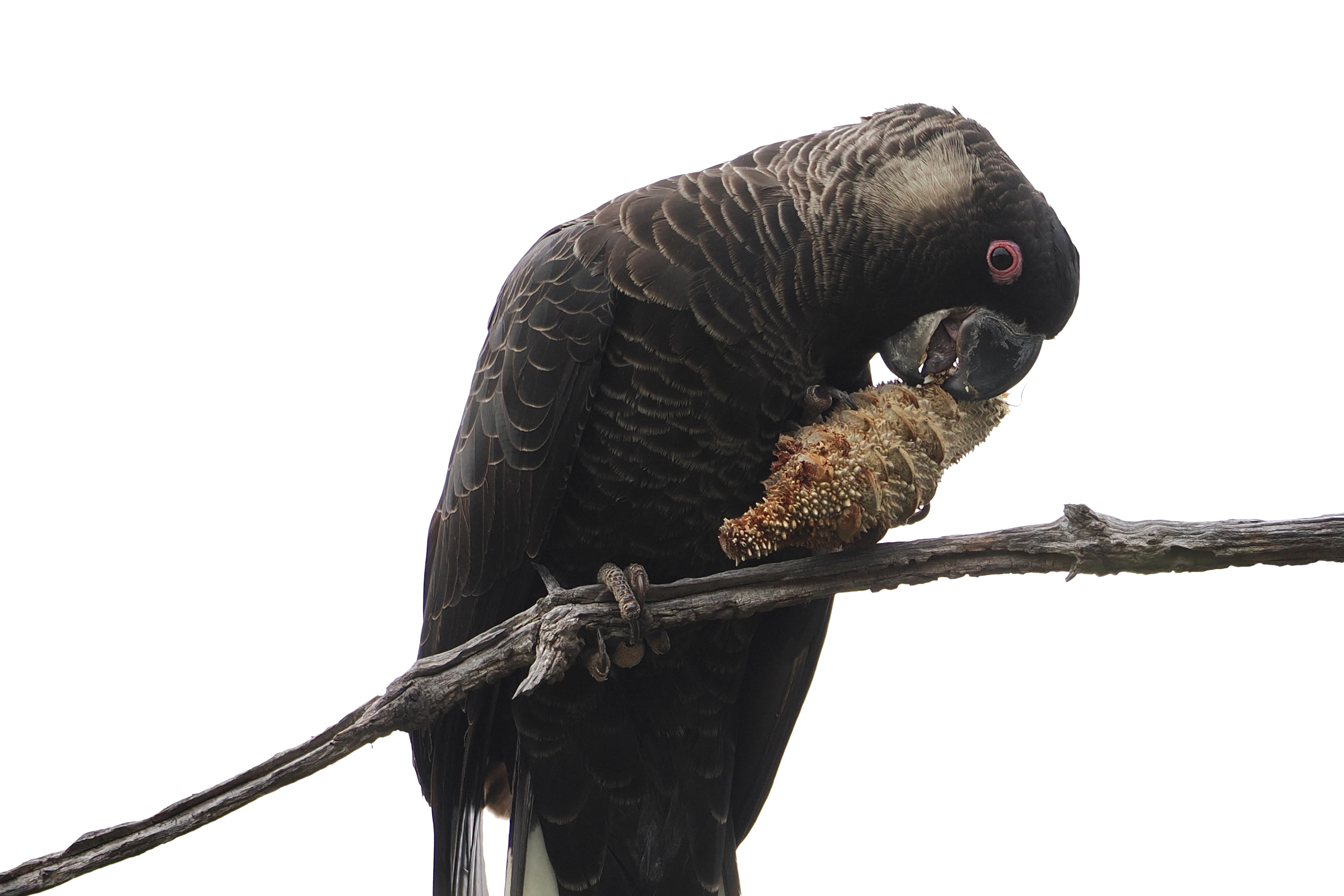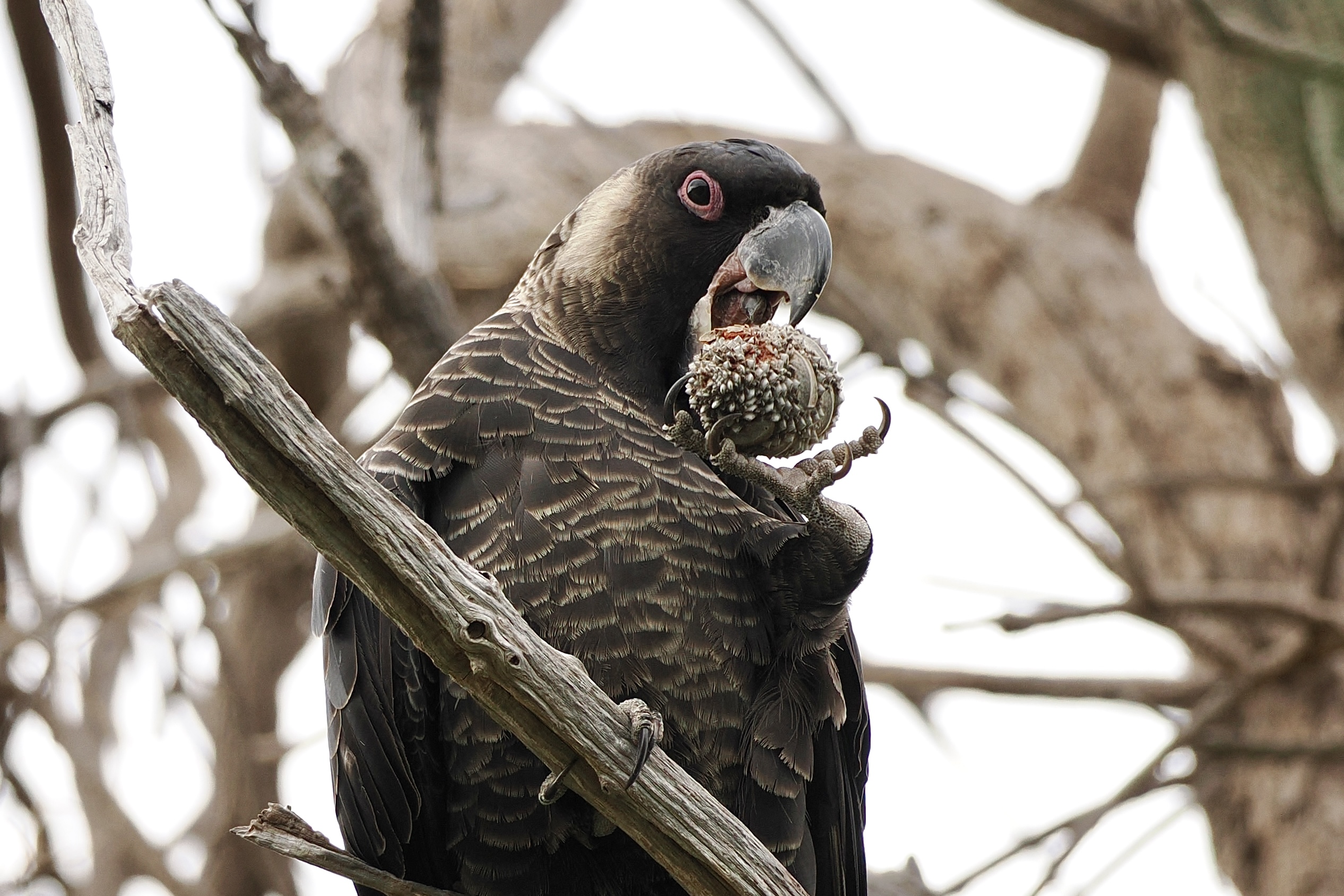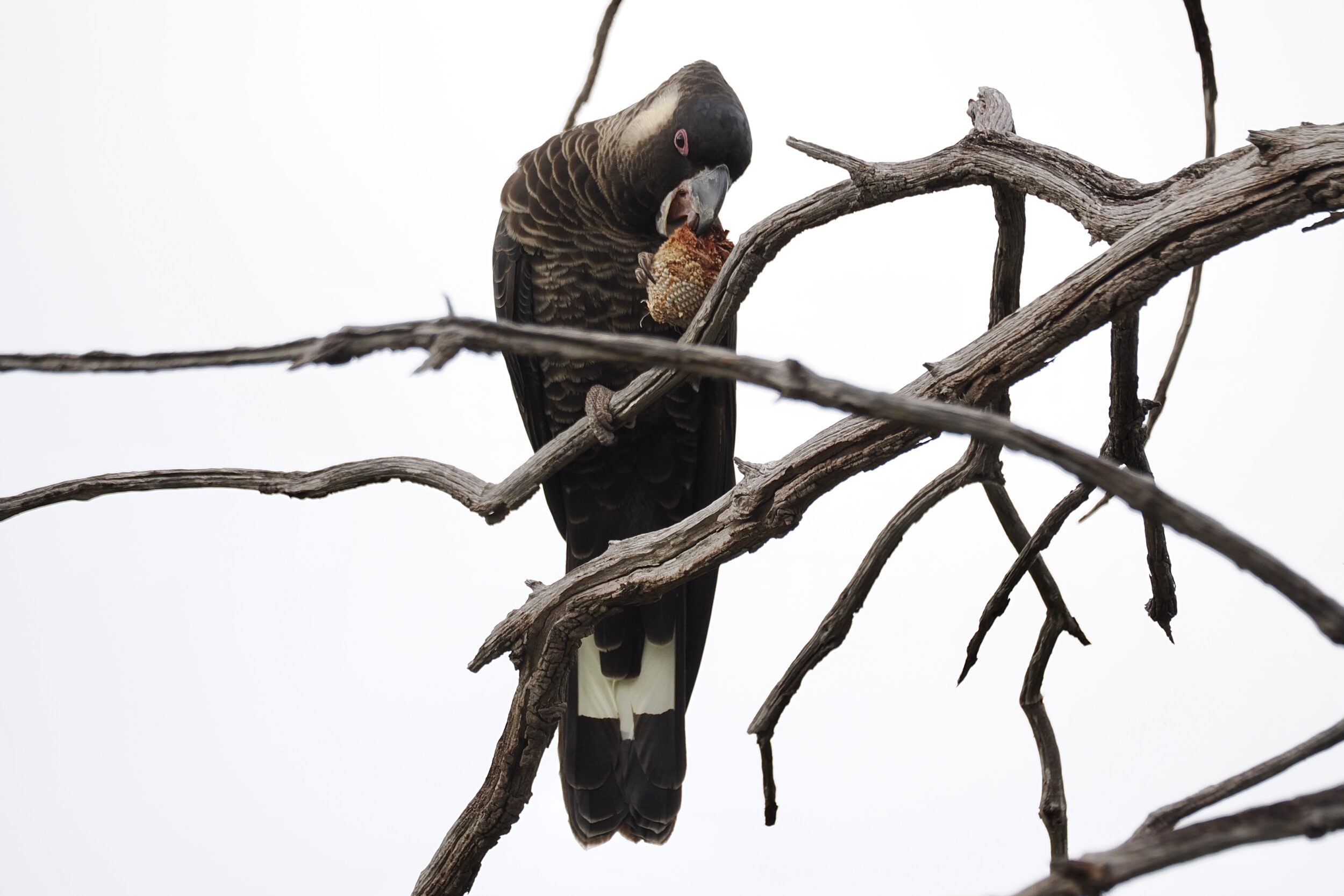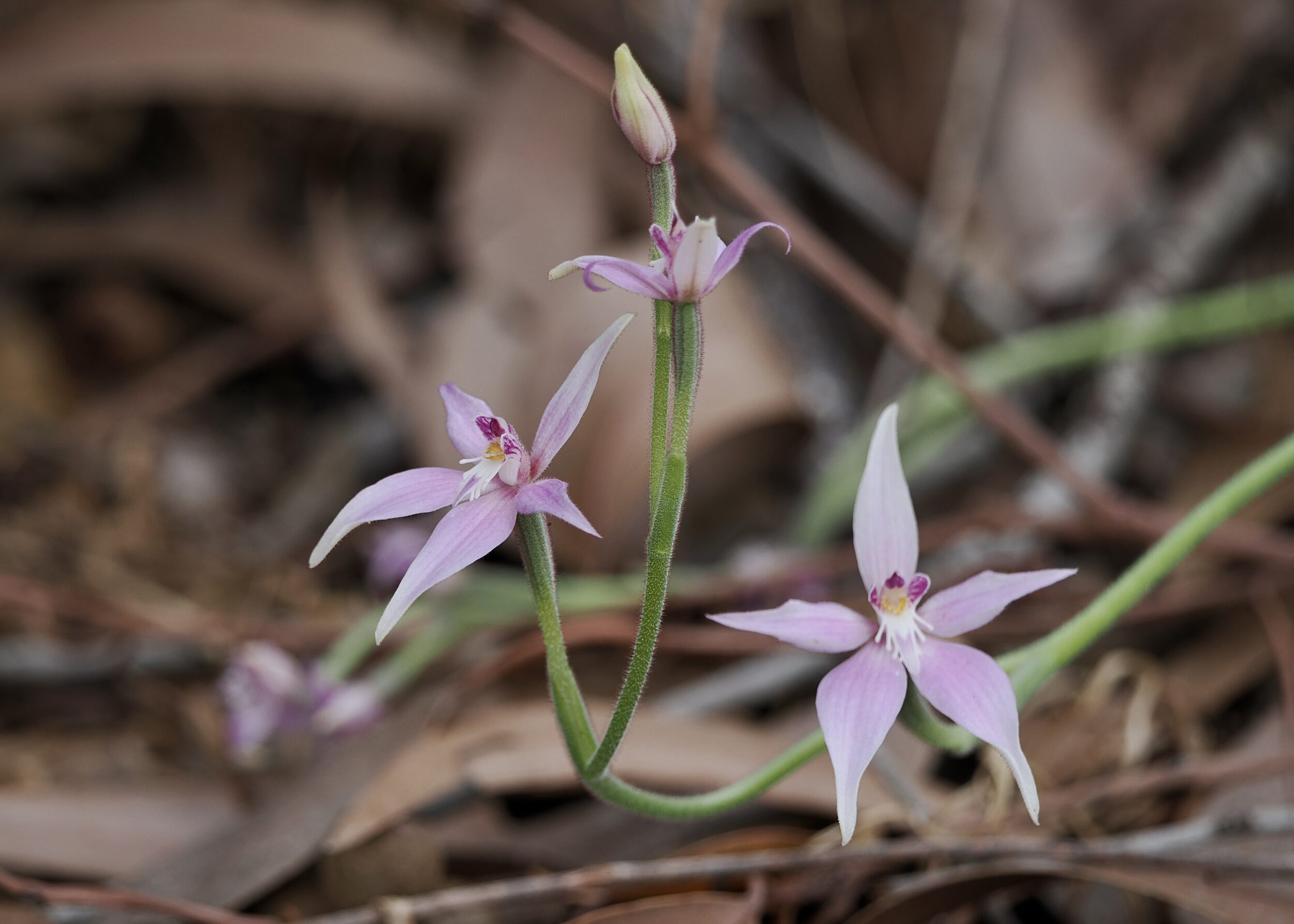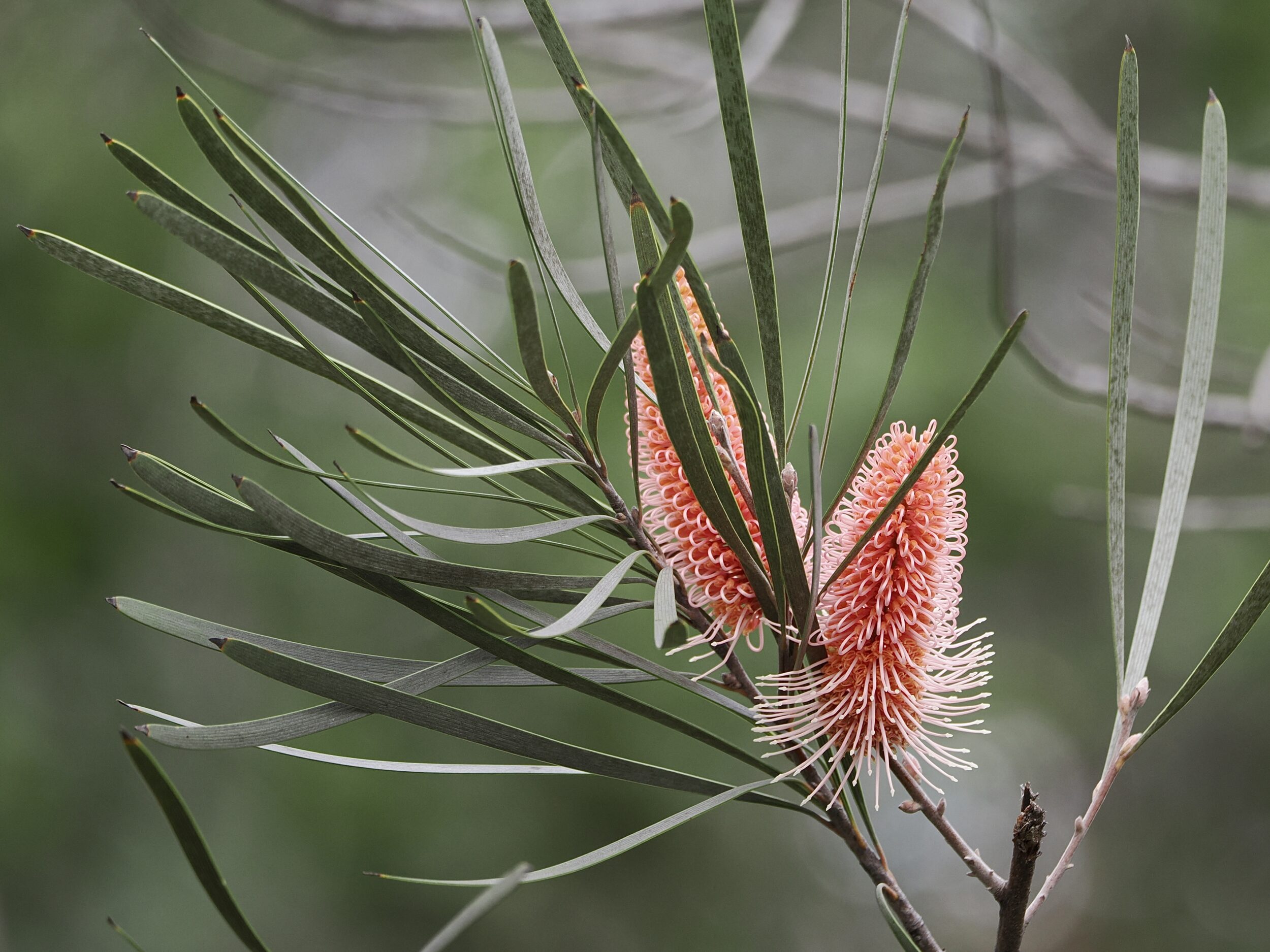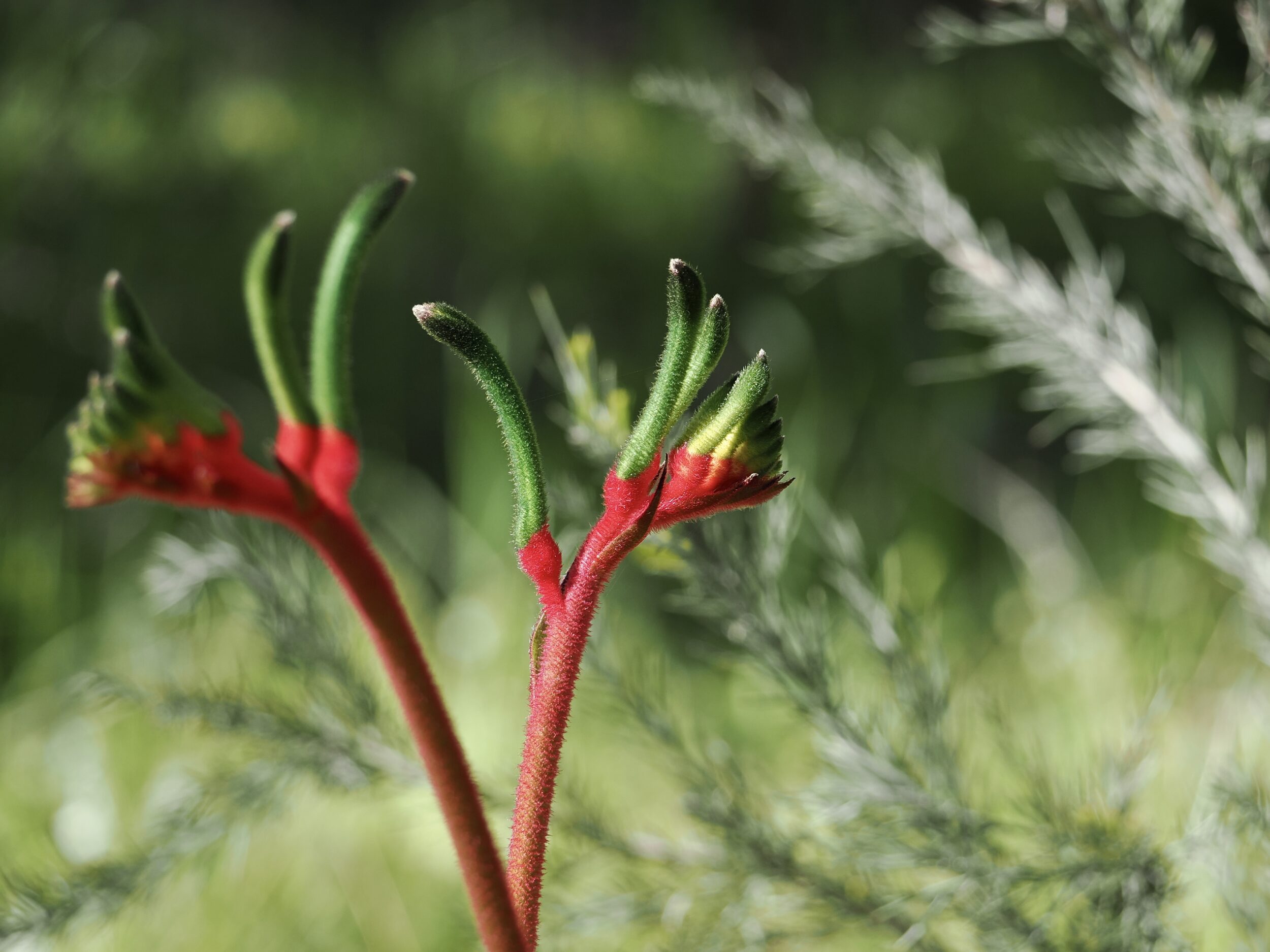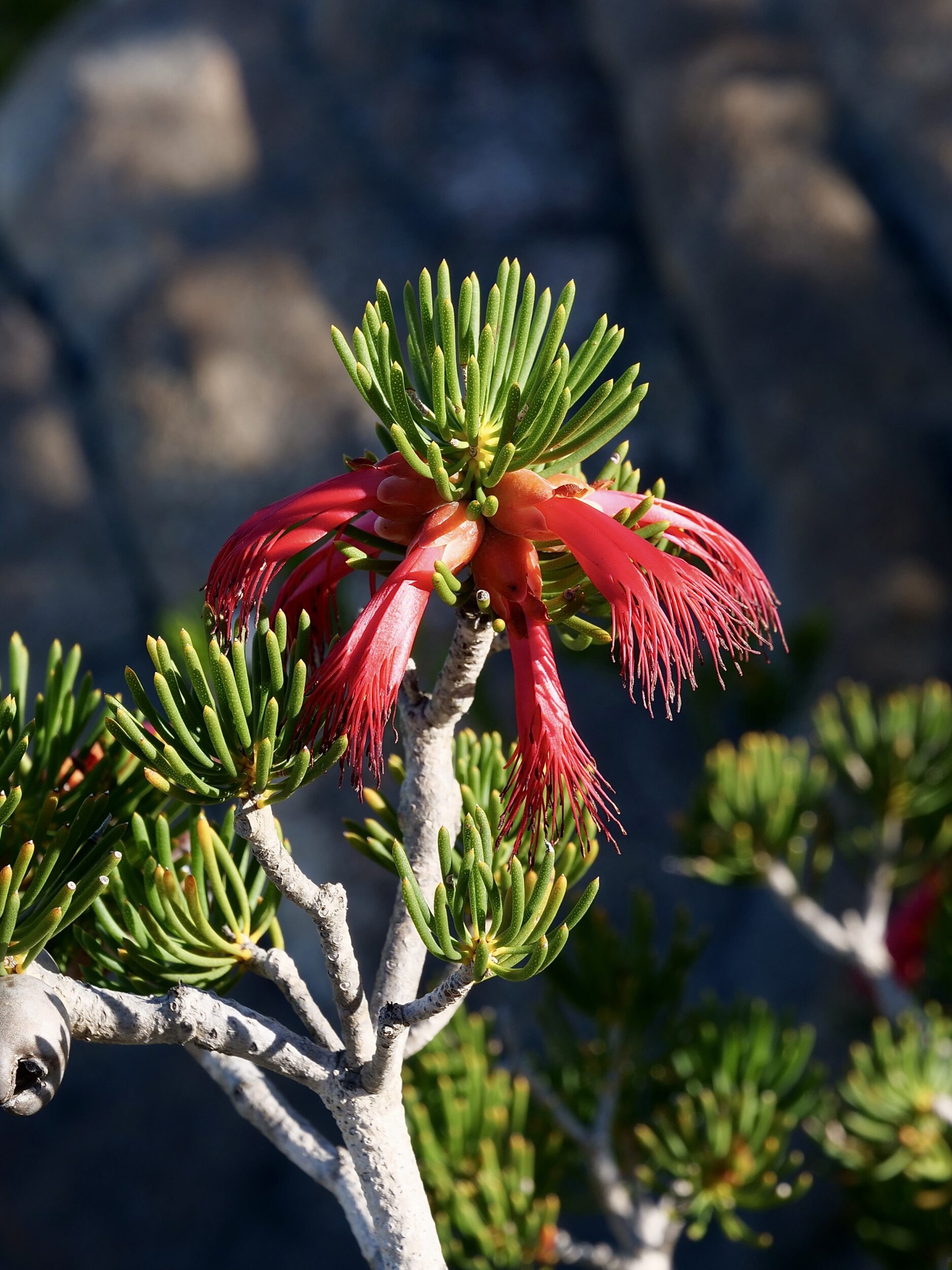Southwest WA’s black cockatoos are highly sociable and very intelligent.
They are intermittently LOUD, but rarely aggressive/disputatious.
Breeding pairs usually “bond” permanently, and both parents are remarkably attentive to their offspring.
When it comes to enjoying their food, very evidently – both the “capturing” and the consumption thereof – these birds have few peers.
Comments closed